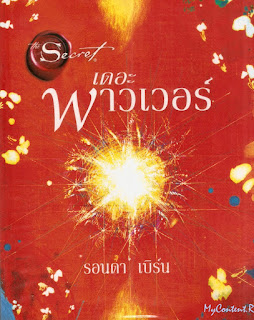Nagasaki is a Japanese city on the northwest coast of the island of Kyushu. It’s set on a large natural harbor, with buildings on the terraces of surrounding hills. Nagasaki became the second city after Hiroshima to be destroyed by an atomic bomb towards the end of World War II. After suffering an Allied nuclear attack in August 1945, The event is memorialized at the city’s Peace Park. and Atomic Bomb Museum.
Nagasaki Peace Park is built on a low hill to the north of the hypocenter of the atomic bomb blast. It was created to represent the wish for world peace and a vow that such a tragic war would never be repeated. The park features the 9.7-meter-high Peace Statue symbolizing the Nagasaki citizens' wish for peace. Sculptor Seibou Kitamura, a Nagasaki native, created this statue as a symbol of the divine love and mercy of Buddha. The raised right hand points to the heavens to signify the threat of atomic weapons while the left arm is raised horizontally to represent the wish for peace. The figure's eyes are lightly closed in prayer for the souls of the atomic bomb victims.
The Nagasaki Atomic Bomb Museum covers the history of this event of the second atomic bomb was dropped over the Urakami district of Nagasaki on August 9, 1945, at 11:02 a.m. This bomb killed or injured 150,000 people.
Urakami Cathedral (St. Mary's Cathedral) was originally built in brick in Romanesque style from the 1890's to its completion in 1925. In World War II, the cathedral was destroyed by the atomic bombing in August 1945. And the building was reconstructed in 1959; in 1980, it was remodeled with brick tiles and restored to its original appearance.

Tram is the best choice for travel between sites of interest in Nagasaki city.
References:
http://travel.at-nagasaki.jp/en/
http://www.japan-guide.com/e/e2162.html
http://visit-nagasaki.com/AreaGuide/
http://www.japanvisitor.com/japan-city-guides/places-of-worship/urakami-cathedral-nagasaki#ixzz3q9TXazCa
























